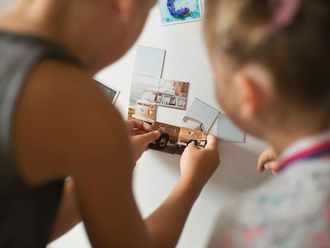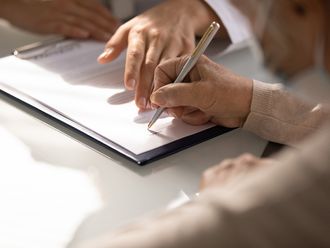Archaeological studies in the UAE will be the centre of attention at the annual Seminar for Arabian Studies at the British Museum in London later this week.
The seminar will be attended by leading archaeologists and historians who work in the Arab Peninsula, as well as other scholars from the GCC states. The three-day seminar begin on Thursday.
According to a statement from the Abu Dhabi Islands Archaeological Survey, six papers will be presented on recent discoveries in the UAE. Of these, three will focus on work undertaken during the winter of 2003-2004 in Abu Dhabi.
Dr Mark Beech of Adias will report on the results of recent excavations at a neolithic (Late Stone Age) site on the western island of Marawah. The site, around 7,000 years old, yielded the skeleton of the oldest known inhabitant of Abu Dhabi.
The second, a paper by Dr Heiko Kallweit, also of Adias, Dr Beech and Dr Walid Yasin Al Tikriti, Archaeological Adviser of the Department of Antiquities and Tourism in Abu Dhabi's Eastern Region, will report on a group of recently-discovered neolithic sites near Umm Al Zamul.
The third, by Dr Sophie Mery, of France's Centre Nationale des Recherches Scientifiques, Kathleen McSweeney, of Edinburgh University, and Dr Al Tikriti, will announce details of results of excavations at a Bronze Age tomb in Hili, Al Ain.
A fourth paper, by Professor Peter Magee, of Bryn Mawr College in the US, deals with work at the important Iron Age settlement of Muwailah, in Sharjah.
The fifth paper, by Professor Joaquin Cordoba, of Spain's Autonomous University of Madrid, reports on another Iron Age village, at Thuqaibah, south of Dhaid, while the sixth paper, by Diane Barker, of University of Sydney, and Salah Ali, of Fujairah Museum, will examine pottery from Dibba, dated to the period shortly before the coming of Islam.
UAE archaeology in the spotlight at London seminar
UAE archaeology in the spotlight at London seminar











